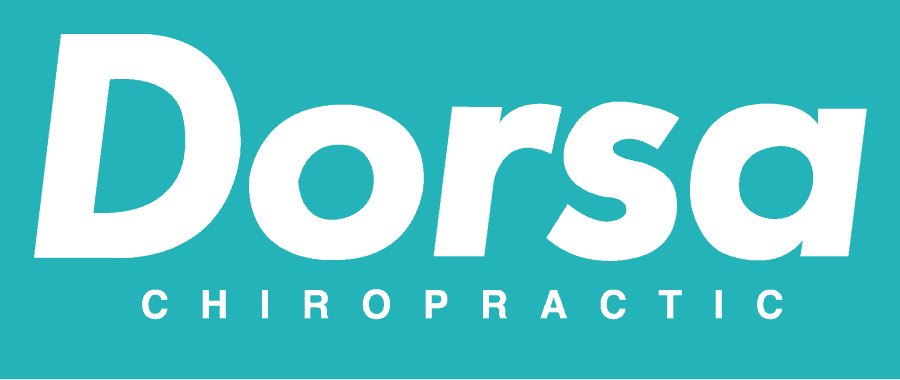In the realm of healthcare, misconceptions often cloud the understanding of alternative therapies, and chiropractic care is no exception. Despite its widespread acceptance and recognition, chiropractic care faces a series of misconceptions that can deter individuals from exploring its potential benefits. One prominent provider seeking to debunk these misconceptions is Dorsa Chiropractic, an exemplar in the field. In this blog post, we will unravel some of the most prevalent myths surrounding chiropractic care, shedding light on the reality behind these misconceptions. By doing so, we aim to foster a more informed perspective on chiropractic practices and highlight their role in enhancing overall health and well-being.
Misconception 1: Chiropractors Aren’t Real Doctors
One prevailing misconception is that chiropractors are not real doctors. While it’s true that chiropractors do not hold medical degrees like medical doctors (MDs), they are highly trained professionals who complete rigorous education and training programs. Chiropractors typically earn a Doctor of Chiropractic (DC) degree after completing a four-year program that includes classroom education, clinical training, and practical experience. They are licensed healthcare providers with expertise in the musculoskeletal system.
Misconception 2: Chiropractic Care Is Only for Back Pain
Another common misconception is that chiropractic care is solely for addressing back pain. While it is true that chiropractors often specialize in treating conditions related to the spine, their scope of practice extends beyond just back pain. Chiropractic care can be effective in treating a variety of musculoskeletal issues, including neck pain, headaches, joint problems, and even issues related to the nervous system.
Misconception 3: Chiropractors Only Crack Bones
The stereotypical image of a chiropractor forcefully cracking a patient’s spine has contributed to the misconception that chiropractors only perform spinal adjustments. In reality, chiropractors use a variety of techniques tailored to each patient’s specific needs. These techniques may include spinal adjustments, soft tissue manipulation, therapeutic exercises, and lifestyle counseling. Chiropractors aim to restore proper alignment and function to the musculoskeletal system without solely relying on forceful adjustments.
Misconception 4: Chiropractic Care Is Not Scientifically Proven
Some people doubt the scientific validity of chiropractic care, assuming it lacks evidence-based support. However, numerous studies have demonstrated the effectiveness of chiropractic treatments for various conditions. For example, research has shown that chiropractic care can be beneficial for managing certain types of lower back pain, neck pain, and headaches. Chiropractors often collaborate with other healthcare professionals and refer patients when necessary, emphasizing an integrative approach to healthcare.
Misconception 5: Chiropractors Treat Conditions Beyond Their Scope
A common misconception is that chiropractors claim to treat a wide range of health conditions, including non-musculoskeletal issues. While chiropractic care primarily focuses on the musculoskeletal system, some chiropractors may incorporate a holistic approach to wellness, recognizing the interconnectedness of the body. However, responsible chiropractors are careful not to overstate the scope of their practice and refer patients to appropriate healthcare providers when necessary.
Misconception 6: Chiropractic Care Is Risky
Another misconception is that chiropractic adjustments are inherently risky and can lead to serious injuries. While like any medical intervention, there are potential risks associated with chiropractic care, serious complications are extremely rare. Chiropractors undergo extensive training to ensure they perform adjustments safely. It’s crucial for patients to communicate openly with their chiropractors about their medical history and any concerns to ensure a safe and effective treatment plan.
Chiropractic care is a valuable and evidence-based form of healthcare that can provide relief for various musculoskeletal conditions. Dispelling common misconceptions is essential for fostering a better understanding of chiropractic care and encouraging individuals to explore its benefits. By acknowledging the education, training, and evidence supporting chiropractic practices, we can promote informed decision-making and empower individuals to make choices that contribute to their overall health and well-being.

Welcome to Dorsa Chiropractic. We started this practice to help people like you feel great!
When you visit us here at Dorsa Chiropractic, we’ll go over your injury, pain points, or general wellness goals. Our doctors will conduct an assessment to verify the root of your physical symptoms to come up with a plan for bringing your body back to health.


